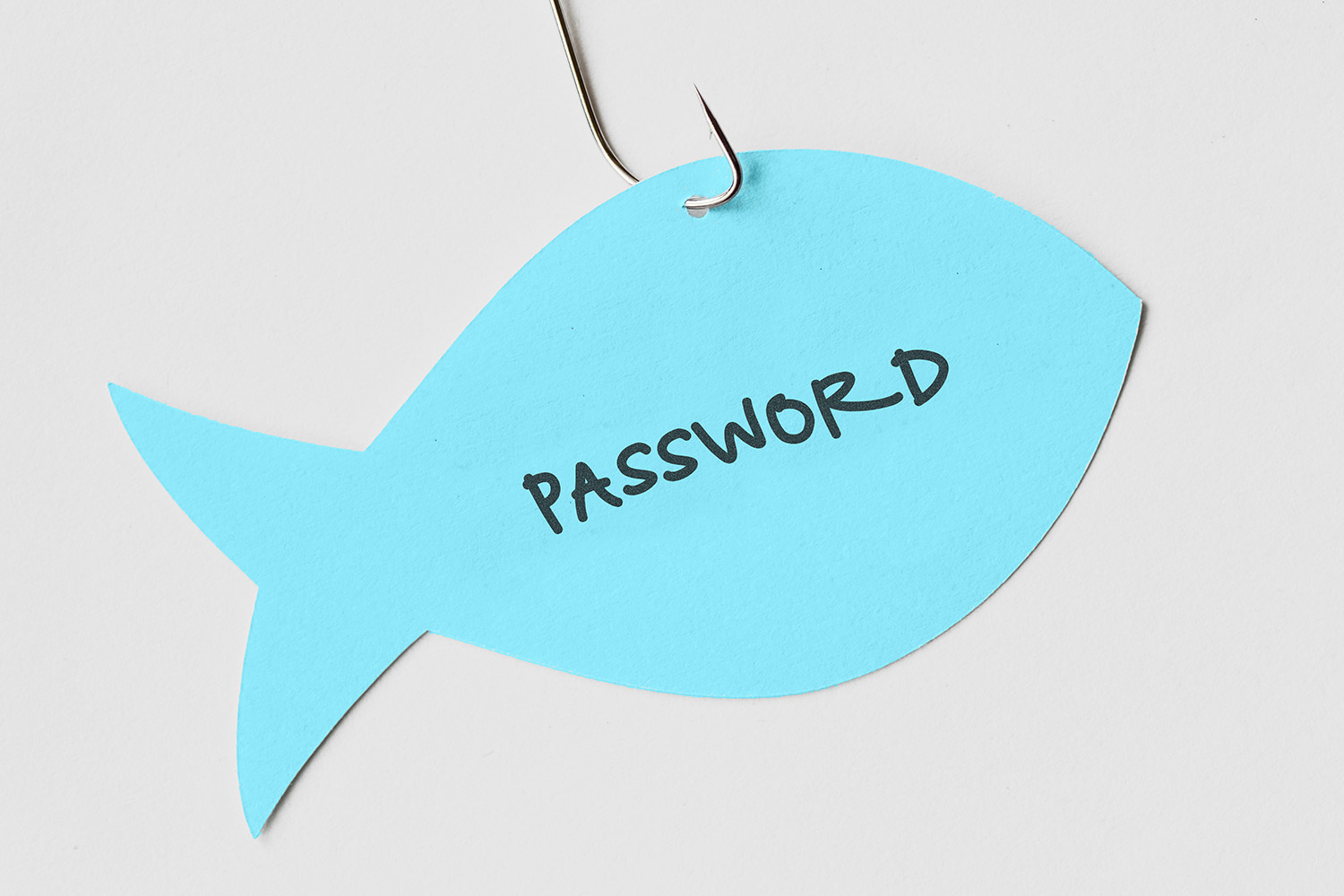With cyberattacks and security breaches increasing year by year, cybersecurity should be a top priority for businesses. Among the most prevalent cybersecurity issue is phishing, which is commonly executed by luring victims to click on fraudulent links and attachments to gather sensitive information.
Phishing Facts and Statistics
According to the FBI, from October 2013 and May 2018, phishing attacks have led to worldwide losses of more than $12 billion. However, cybersecurity experts revealed that incidents known to the FBI are just the tip of the iceberg—the total actual losses could be as much as double the reported figures.
Fraudsters usually leverage on big tech brands to trap users. Among the top victims include users of Microsoft, PayPal, DHL, and Dropbox, a study revealed.
How common are these attacks?
Well, anyone with access to the internet can buy a phishing kit among thousands of options available on the Dark Web. These phishing kits can help malicious users to initiate and manage phishing campaigns. Sellers on the Dark Web even offer different variants based on the possible targets, evasion methods, and more. Aside from kits, cybercriminals only need to hijack a website or purchase a domain with an almost similar name to create a phishing campaign.
The phishing landscape is also evolving as cybercriminals are getting more sophisticated in their attacks. Nowadays, phishing is no longer just limited to email. It has branched out to other communication platforms such as social media and mobile devices.
Effective ways to protect your company from phishing attacks
Train your employees
Phishing exploits the human vulnerability within a business. If left unchecked, the actions of your employees can be your greatest security risk. It is important to ensure that everyone in your business is educated on this issue. Train your employees how to spot and report phishing attacks. You can also create simple rules to prevent phishing such as not clicking on links embedded on emails. If there’s even a one percent chance that a link is fraudulent, it is better to type the URL manually to your browser to be safe.
Do phishing simulations
There is no better training than putting all the things you have learned into practice. You can send ‘mock’ phishing emails to your employees and monitor their responses to such attacks. This will let you evaluate the results of your training and help you identify which aspects need to be improved in your anti-phishing training and guidelines.
Secure your platforms
Though training your employees is important to reduce the risks of phishing, you can’t just rely on your employees to detect the most sophisticated phishing attacks. It is essential to make sure that your IT infrastructure is well-protected against any types of attacks.
Keep your software up to date.
Most cyber criminals attempt to exploit vulnerabilities in your software. Keeping all software up-to-date is an effective way to combat phishing
Use antivirus software.
Antimalware products such as email firewall systems can help detect certain signatures and content that can be present in phishing emails. Though the help of these programs can be rather limited. It can help you identify and weed out generic phishing attacks.
Secure your browser.
Common phishing attacks involve imitating a trusted website to collect login credentials of unsuspecting users. To fight this, companies should have their work computers run an extension to secure their browser and filter out unverified URL.
Have regular security checks.
Review your IT infrastructure regularly to check possible security lapses. IN other words you should also gather your employees to discuss major security issues in the industry. This way, they would be aware of possible fraudulent schemes that they could encounter and what could have been done to prevent it.
Use multi-factor authentication.
Modern security measures such as two-factor authentication or the more secure multi-factor authentication can help prevent phishing attacks. As a result when you sign in with your login credentials, additional authentication factors such as biometrics, one-time code or physical key are needed to gain access to your account. This gives an additional layer of security for companies.
Multi-Factor Authentication. TraitWare
Prevent phishing and other security threats with TraitWare. TraitWare isn’t your ordinary multi-factor authentication solution. It eliminates the biggest link to your online security—the passwords. In addition to instead of passwords, TraitWare captures the unique ‘Traits’ of your mobile devices to create a key set for your logins. There’s no need to worry about your passwords getting phished if you don’t have them. In conclusion TraitWare also provides up to four-factor authentication to make sure you get the highest level of security possible.
